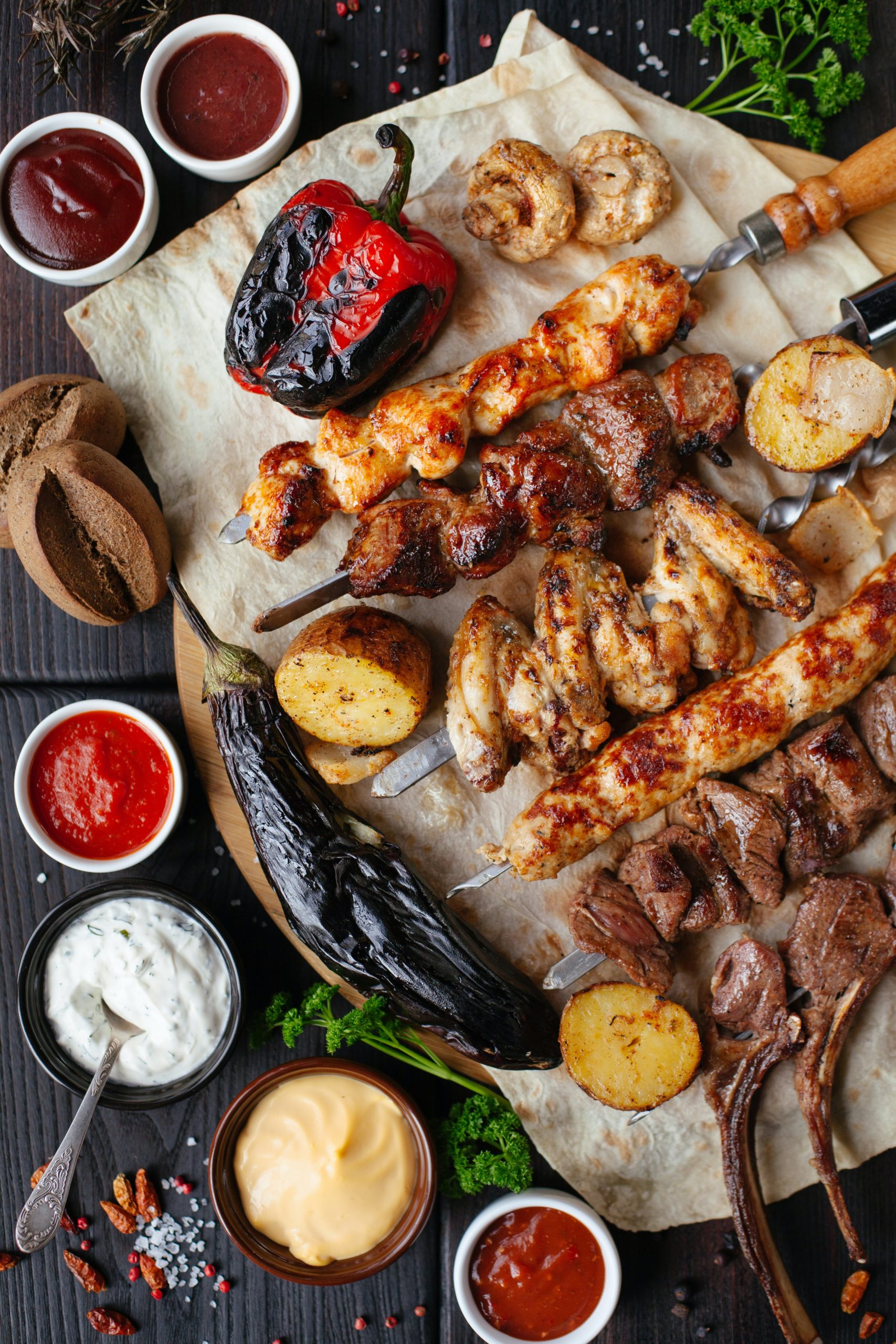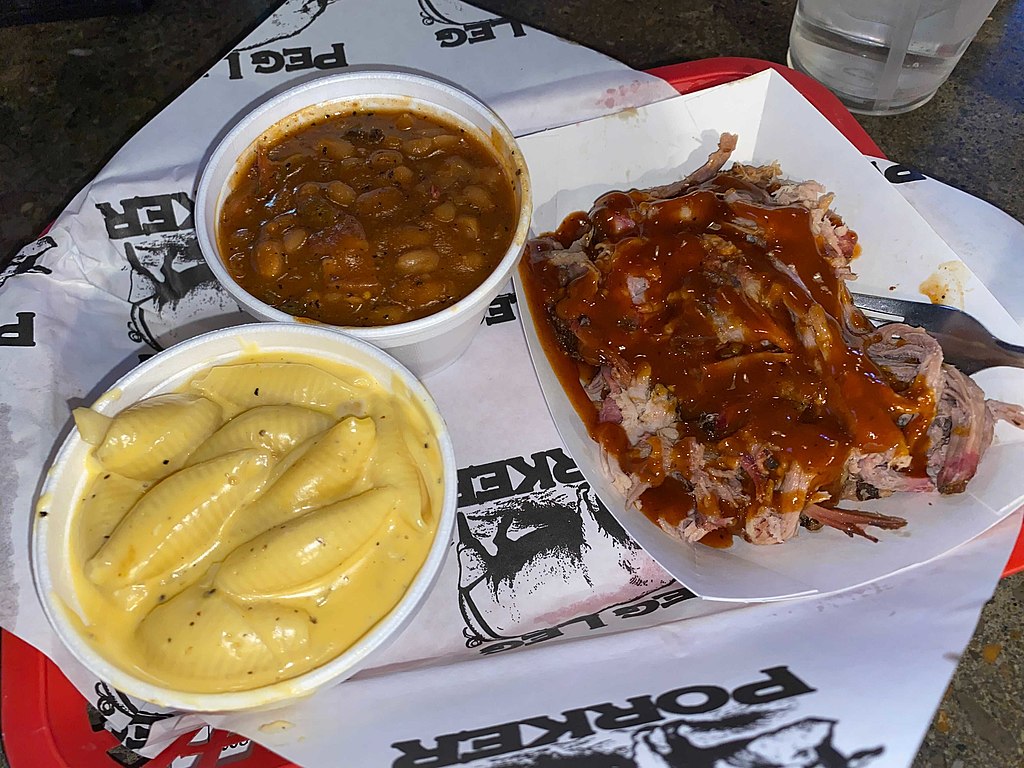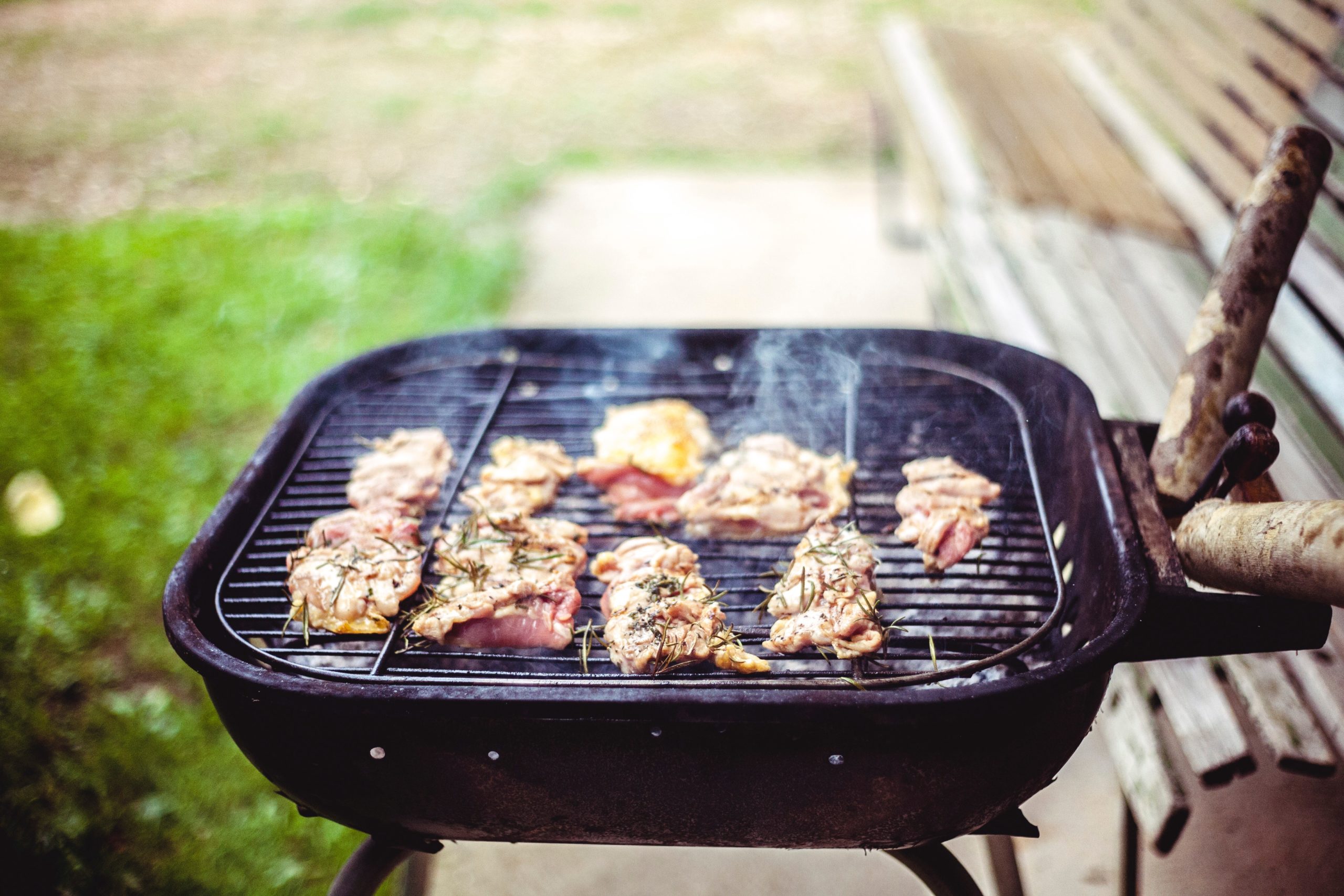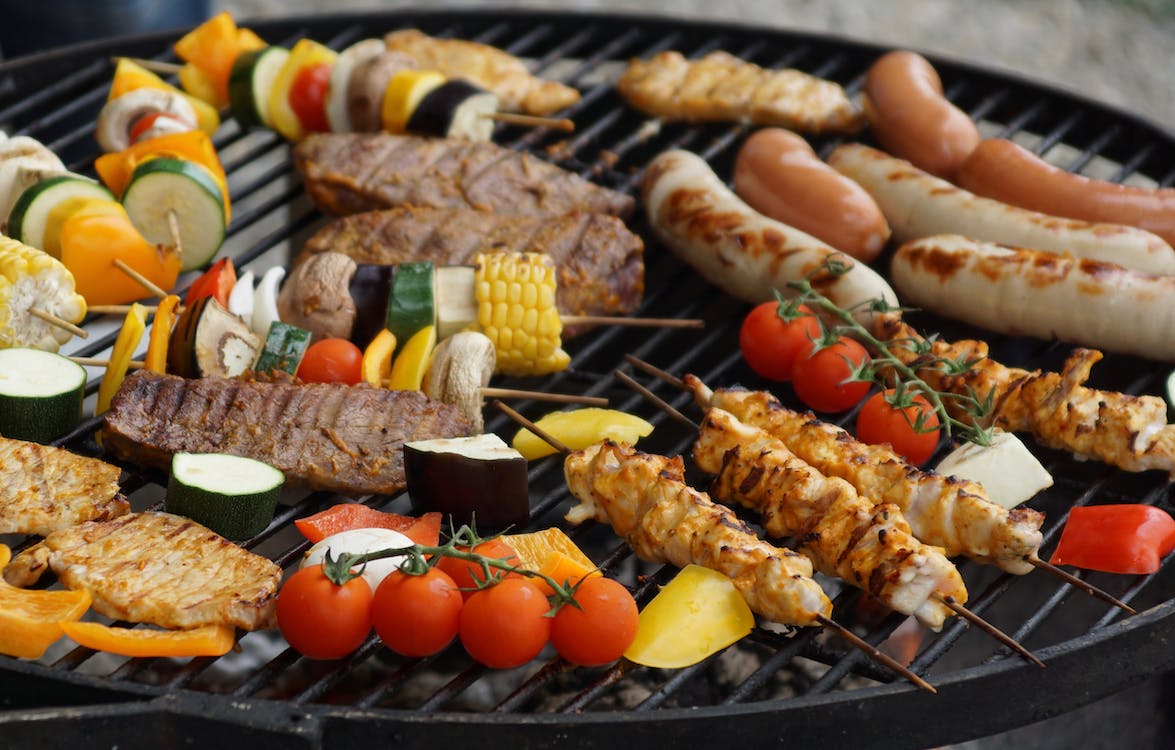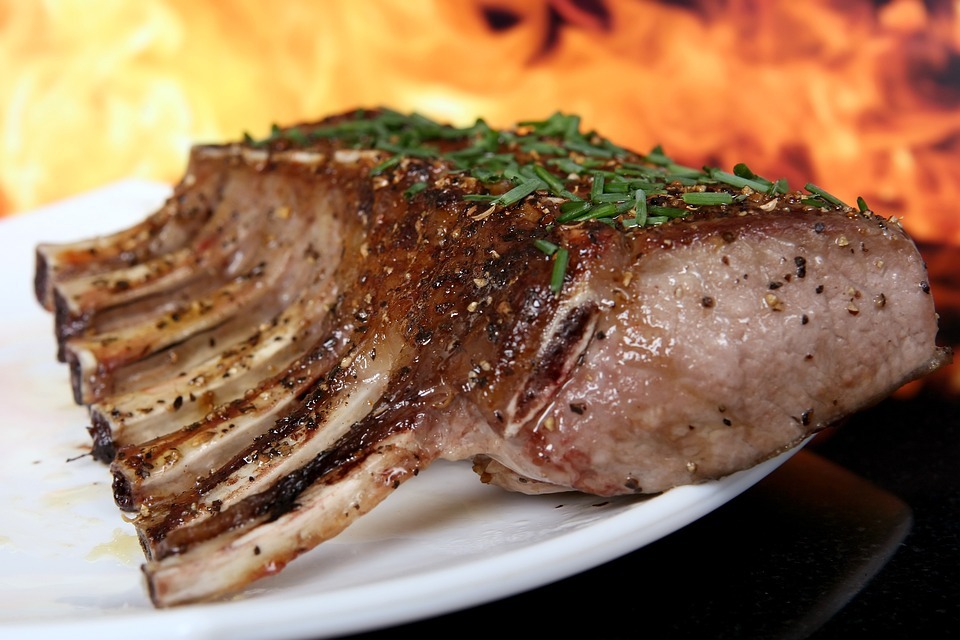Many Americans will agree that the flavor of delicious BBQ is a treasured staple. However, depending on where you are in the United States, the tastes may taste extremely different from your neighbors a state away. With the advent of more and more BBQ restaurants around the turn of the century, pitmasters in various areas began to develop their own distinct barbecue personality. From various sorts of wood for the fire to various pieces of meat and sauces and rubs.
There are now several distinct regional barbecue styles throughout the United States. Each has its own flavor profile based on popular local ingredients and taste preferences. Some have a tangier mustard flavor, while others have a brown sugar sweetness.
Let’s look at some of America’s most well-known regional barbecue styles and how they all taste a bit different.
Kansas City
Kansas City, known as the “world’s barbecue capital,” clearly understands how to prepare barbecue and does it for a wide variety of meats. Since the early 1900s, barbecue has been popular in the area. All because of a guy named Henry Perry, who was dishing up barbecue from an inner-city pit near the Garment District with his secret dry rub.
That dry rub custom lives on in Kansas City today. Meats such as beef and pig ribs, chicken, pulled pork, brisket, and sausage are all dry-rubbed and cooked over hickory wood. On the side, you’ll also discover a big selection of sauces. However, the majority of sauce recipes in the area combine tomato and molasses to make a thick, acidic, and sweet sauce.
Burnt ends are a popular barbecue ingredient in Kansas City. These burnt brisket tips are a common item on barbecue restaurant menus around the city.
St. Louis
Some may claim that St. Louis is the “barbecue capital” since its citizens consume more barbecue per capita than anywhere else in the country.
One notable feature of St. Louis barbecue is that pitmasters prefer to grill rather than use sauce or dry rub and smoke. The barbecue sauce is sweeter and tomato-based, comparable to the Kansas City sauce. It’s often served as a thick sauce, although it may also be found in thinner forms or with a tangier and hotter flavor.
The city of St. Louis is famous for its precisely trimmed pork spare ribs. But don’t assume the trimmings are useless. These are prepared and offered as “rib tips” in most restaurants. Thin-cut pork shoulder steak is also available, either grilled and smoked or stewed in a slow cooker with lots of sauce.
Tennessee
Memphis-style barbecue is frequently the first thing that comes to mind when people think about barbecue in Tennessee. This comes as no surprise, especially because many people say that Memphis pork ribs can compete with St. Louis ribs. Memphis-style barbecue, on the other hand, is slow-cooked in a pit with a paprika-based dry rub rather than a wet sauce.
Although a thinner, vinegar and tomato-based sauce is frequently given on the side.
You can get delicious barbecue all around Tennessee, and pork is a particular favorite. Ribs, chopped pork, and pulled pork are available. Whole hog cooking is popular in Eastern Tennessee, coupled with a thick, tomato-based sweet and spicy barbecue sauce.
Texas
One thing is certain: Texans know how to cook a good brisket. Texas is known for its world-famous Texas cattle, which produces excellent BBQ beef brisket and beef short ribs. It also has four unique regional barbeque styles: central, east, west, and south.
The most well-known Texas barbecue style is Central Texas barbecue. This method entails smoking beef brisket over oak (or occasionally pecan) wood without the use of any barbecue sauce. The taste of the meat speaks for itself, and it is frequently simply seasoned with salt and pepper and sliced. Because of the German immigrant influences, you’ll also discover a lot of sausage-making.
East Texas favors the flavor of hickory wood and frequently slathers the meat with a sour, tomato-based barbecue sauce. Chopped beef and hog are the most popular cuts for East Texas BBQ.
West Texas is known for its cowboy-style grilling, which is done over an open fire with direct heat.
Finally, the South Texas method is based on Mexican barbacoa traditions, which involve slow cooking in a covered pit.
North Carolina
North Carolina has two different regional barbecue styles with delicious tastes. Whole hog smoking over hickory wood is the preferred method in Eastern North Carolina. Before being chopped, the meat is moistened with a spicy vinegar-based sauce comprised of vinegar, salt, and red pepper.
The style is known as the “Lexington style” which originated in Western North Carolina. This barbecue technique concentrates upon smoked pork shoulder, which is then sliced or diced after the skin caramelizes and forms a crispy coating. The preferred sauce is an Eastern Carolina vinegar-based sauce with tomato and brown sugar added.
South Carolina
South Carolina barbecue is another style that emphasizes whole hog grilling at extremely slow and low temperatures. However, there are various diverse barbecue sauce flavor characteristics found around the state.
One of the most well-known sauces is the “Carolina Gold.” South Carolina is the first state in the “Mustard Belt” of barbecue sauce. Carolina Gold sauce is a spicy mustard-based sauce with brown sugar and vinegar that was inspired by German immigrant influences.
In contrast to that sauce, the Pee Dee region of the state has a vinegar-based sauce that is remarkably similar to that of Eastern North Carolina. Then, in South Carolina’s Midlands and Low Country, you’ll discover a mustard-tinged brilliant red sauce that’s sweeter and tangier.
Georgia
Georgia isn’t generally the first place that comes to mind when you think about barbecue, but it’s nonetheless home to some delicious meat. Chopped smoked pork is the most common cut seen across the state.
The pork is frequently served with a thin, flavorful barbecue sauce that has more tomato than Carolina sauces. However, because Georgia is also part of the “Mustard Belt” of barbecue sauce, a tangy, mustard-based sauce comparable to Carolina Gold is available.
Brunswick Stew, a delectable combination of corn, chopped smoked pork, and potatoes, is another favorite menu item at Georgia BBQ restaurants.
Alabama
Alabama is known for its delicious southern barbeque. Local pitmasters in Alabama enjoy the flavor of hickory smoke as well, and they cook a lot of smoked pork shoulder and barbecue chicken.
A sauce known as “Alabama White Sauce” has become synonymous with Alabama-style barbecue. This is a mayo-based white sauce with vinegar and black pepper from Northern Alabama that was established in 1925 at Decatur’s Big Bob Gibson BBQ restaurant.
However, the flavor characteristics of barbecue sauces vary greatly throughout the remainder of the state. The “Mustard Belt” extends into Tuscaloosa, where a spicy, mustard, and vinegar-based sauce can be found, as well as Southeast Alabama, where a mustard sauce similar to Carolina Gold can be found. A sweet and spicy tomato-based sauce may be found in the Birmingham region.
Chicago
Chicago is another city that may not spring to mind when you think about barbecue, but it is certainly not to be overlooked. Barbecue became popular in Chicago in the mid-twentieth century, thanks to an influx of Mississippi Delta residents to the city’s Southside.
Chicago-style barbecue includes ribs, rib tips, and hot links, which are spicy sausages cooked over hickory for shorter lengths of time. This causes the ribbed flesh to remain thicker and adhere to the bone. If you ask a local Chicago barbecue fan, chances are they don’t appreciate mushy meat that falls off the bone. It’s a texturing issue. The beef is also slathered in a sweet, tomato-based sauce.
The fact that Chicago barbecue is cooked in “aquarium smokers” is one of its distinguishing features. These are big, rectangular smokers with plexiglass construction that allow pitmasters to keep an eye on the meat without having to open the smoker.
Kentucky
Kentucky BBQ differs dramatically from county to county. The barbecue in the eastern section of the state is mostly pig-based, with items such as chopped or pulled hog shoulder and pork steaks smoked over hickory. The sauce tastes similar to those found in North Carolina and may also be found in this section of Kentucky.
Mutton, or meat from adult sheep, is offered in plenty in Owensboro and throughout Western Kentucky. There is pulled or chopped mutton available, as well as burgoo. This is a substantial stew made with roasted mutton and additional meats. This region’s barbecue sauce is a Worchestire-heavy sauce with spices. This sauce, or a stronger vinegar-based sauce, is also used in Eastern Kentucky.
Conclusion
At its core, barbecue is a basic food: meat, fire, and time. Cooking meat over a fire is a ritual prevalent in almost every country, including the United States. As simple as it seems, there are various variables that contribute to regional barbecue styles, including preferred meats, kinds of wood or charcoal, rubs and sauces, procedures, and timings. There are also regional variations in side dishes and regional barbecue specialties.
The good news is that when pit masters open up shop in places other than their home states, you can enjoy superb barbecue anywhere, from Memphis-style ribs in St. Louis to top-notch Texas brisket in Charleston. With immigrants bringing their barbecue traditions into the mix, new regional varieties of barbecue are emerging, such as barbacoa in California and Tex-Mex barbecue in Texas.
Barbecue is a celebratory cuisine, an economical way to feed a crowd, and an indisputably wonderful method to bring people together at the table. Good barbecue never goes out of style, whether you’re enjoying it at a mom-and-pop roadside stop or a pilgrimage-worthy venue.

